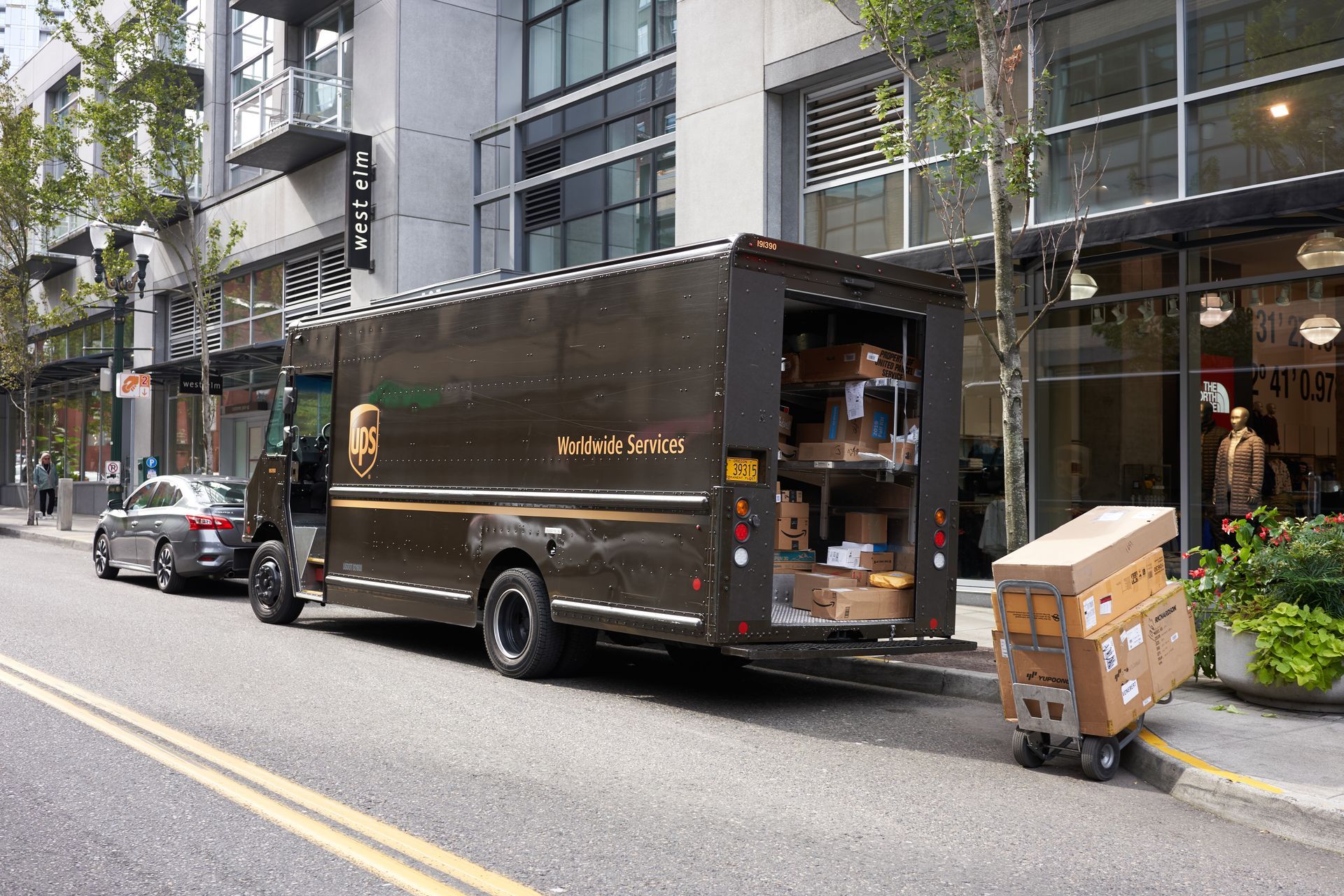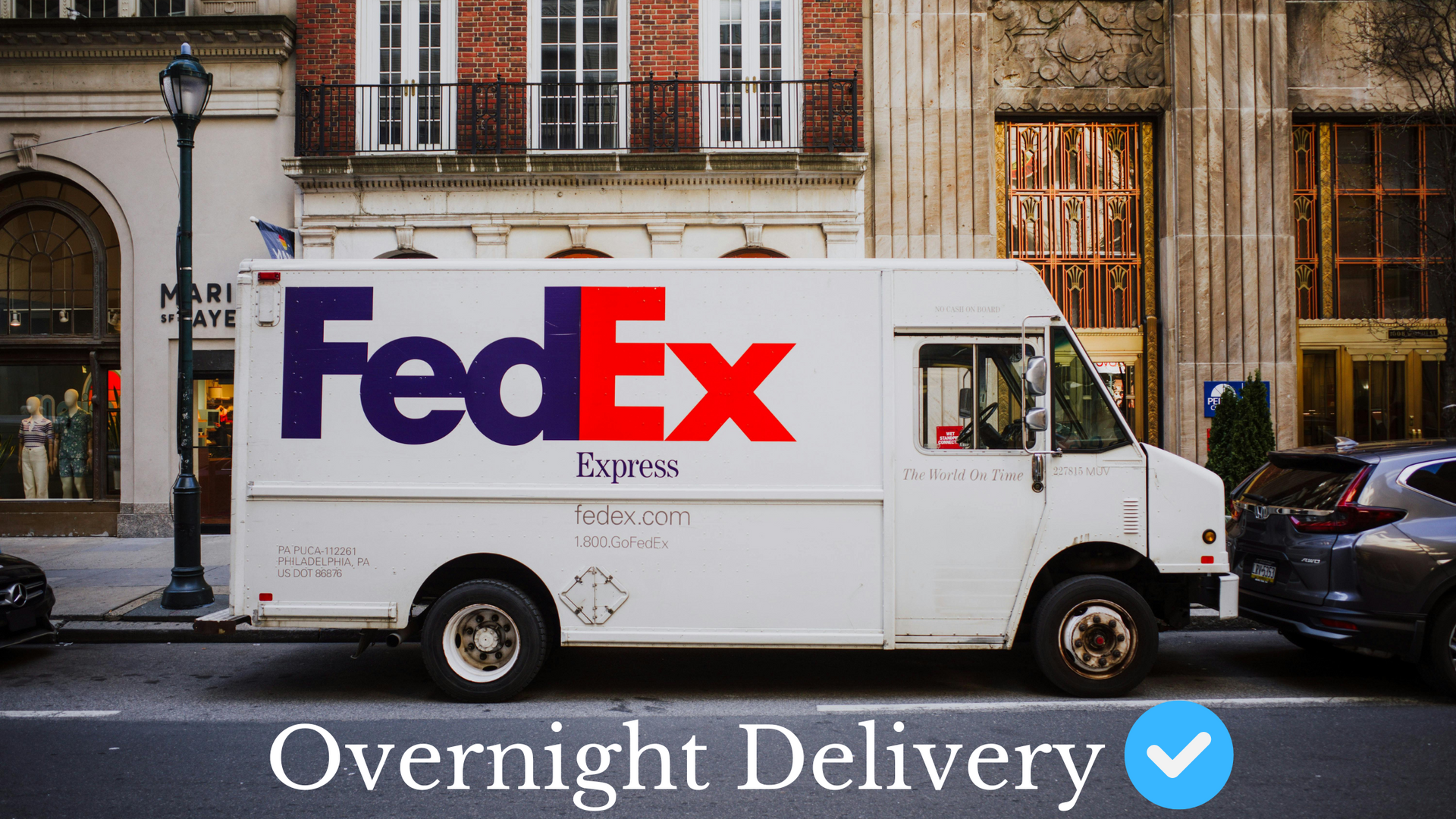FedEx Fuel Surcharge Increase on February 10, 2025: What You Need to Know
Understanding the Impact on Shipping Costs and How to Adapt
In a move that will impact businesses and consumers alike, FedEx has announced an increase in fuel surcharges effective February 10, 2025. This adjustment is part of the company’s ongoing efforts to manage rising operational costs and maintain reliable shipping services. Below, we break down the details of the increase, its implications, and actionable steps businesses and individuals can take to mitigate its impact.
What’s Changing?
FedEx’s updated fuel surcharges will vary depending on the type of service used. Here’s a breakdown of the increases:
Express Services: A 1.0% increase in fuel surcharges.
Ground/Home Delivery: A 1.75% increase in fuel surcharges.
These adjustments may seem modest at first glance, but they can significantly affect shipping costs, especially for businesses that rely heavily on FedEx for their logistics needs.
Why Is FedEx Increasing Fuel Surcharges?
Fuel surcharges are a standard practice in the shipping industry, designed to offset the variable costs of fuel. FedEx periodically reviews and adjusts these surcharges to reflect changes in fuel prices and other operational expenses. Several factors are driving this latest increase:
Rising Fuel Prices: Global fuel prices have been volatile due to geopolitical tensions, supply chain disruptions, and increased demand. These fluctuations directly impact transportation costs.
Inflationary Pressures: Inflation has led to higher costs across the board, from labor to vehicle maintenance, forcing shipping companies to adjust their pricing structures.
Operational Challenges: Supply chain bottlenecks and increased demand for shipping services have added to the cost burden, prompting FedEx to pass some of these expenses onto customers.
How Will This Impact Businesses and Consumers?
The fuel surcharge increase will have a ripple effect across the shipping ecosystem. Here’s how different stakeholders will be affected:
For Businesses:
Higher Shipping Costs: Businesses that rely on FedEx for shipping will see an increase in transportation expenses. For companies that ship high volumes, even small percentage increases can add up to significant costs over time.
Impact on Profit Margins: Small and medium-sized businesses (SMBs) with tighter margins may feel the pinch more acutely, potentially forcing them to reevaluate their pricing strategies or absorb the additional costs.
Customer Expectations: Businesses may face pressure to maintain competitive shipping rates for their customers, even as their own costs rise.
For Consumers:
Increased Shipping Fees: Consumers may notice higher shipping fees when purchasing goods online, particularly from retailers that pass on these surcharges to customers.
Potential Delays: As businesses explore cost-saving measures, such as switching carriers or consolidating shipments, consumers might experience slight delays in delivery times.
What Can Businesses Do to Mitigate the Impact?
While the fuel surcharge increase is unavoidable, businesses can take proactive steps to minimize its impact on their bottom line. Here are some strategies to consider:
Review and Renegotiate Contracts: Now is an ideal time to revisit existing agreements with FedEx. Businesses may be able to negotiate better terms or discounts, especially if they have a strong shipping history or high volume.
Explore Alternative Carriers: Diversifying shipping providers can help reduce dependency on a single carrier. Consider comparing rates and services from competitors like UPS, DHL, or regional carriers to identify cost-effective alternatives.
Optimize Shipping Practices:
Consolidate Shipments: Combining multiple orders into a single shipment can reduce the number of packages and lower overall costs.
Reduce Package Dimensions: Optimizing packaging to minimize size and weight can lead to significant savings, as shipping costs are often calculated based on dimensional weight.
Choose Cost-Effective Services: Evaluate whether expedited shipping is always necessary. Ground services, for example, may be a more affordable option for non-urgent deliveries.
Monitor Fuel Surcharge Trends: Staying informed about fuel surcharge fluctuations can help businesses anticipate future increases and plan accordingly. Tools and resources provided by carriers can assist in tracking these trends.
Pass Costs Strategically: For businesses that ship directly to consumers, consider adjusting product pricing or shipping fees to offset the increased costs. Transparency with customers about the reasons for price adjustments can help maintain trust.
What About Consumers?
While consumers have less control over shipping costs, there are still ways to minimize the impact:
Look for Free Shipping Offers: Many retailers offer free shipping promotions, especially during sales events. Timing purchases around these promotions can help avoid additional fees.
Consolidate Orders: Placing larger orders instead of multiple small ones can reduce the per-item shipping cost.
Choose Slower Shipping Options: If delivery speed isn’t a priority, opting for ground shipping instead of express services can save money.
Final Thoughts
FedEx’s fuel surcharge increase is a reminder of the dynamic nature of the shipping industry and the challenges posed by rising operational costs. For businesses, staying ahead of these changes requires a combination of strategic planning, cost optimization, and flexibility. By reviewing contracts, exploring alternative carriers, and optimizing shipping practices, businesses can mitigate the impact of the surcharge increase and maintain profitability.
For consumers, being mindful of shipping options and taking advantage of promotions can help offset higher costs. Ultimately, staying informed and proactive is key to navigating these changes effectively.
As the February 10, 2025, implementation date approaches, businesses and individuals alike should take the time to assess their shipping needs and explore ways to adapt to the new pricing structure. By doing so, they can continue to enjoy reliable shipping services without breaking the bank.
What’s Next?
Keep an eye on updates from FedEx and other carriers, as further adjustments to fuel surcharges or shipping rates may be announced in the future. Staying informed and prepared will ensure that your business or personal shipping needs remain cost-effective and efficient.
With FedEx’s fuel surcharge increase taking effect on February 10, 2025, now is the time to act. Don’t let the 1.0% and 1.75% hikes eat into your profits! Revisit your contracts, explore alternative carriers, and optimize your shipping strategies today.
Contact us now to review your agreements and secure terms that work for your business, not just your carrier. Let’s tackle these changes together and keep your bottom line strong!
Ready to work with Mindful Logtistics?
Let's connect! We’re here to help.
Send us a message and we’ll be in touch.
Or give us a call today at (919) 368-6169
Agency Contact Form
More Info on Shipping and Saving




